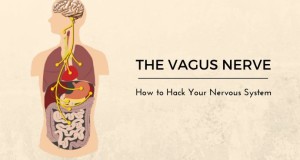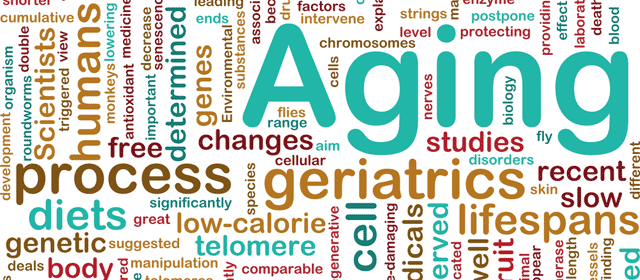Can Mindfulness Help You Stick To Your Diet?

We all diet for different reasons. Some of us want to look better and some of us want to feel better. There’s nothing wrong with using both of these reasons to create the motivation for a successful diet. From time to time I will diet, particularly after the holidays when I gather with friends and family and overeat. Other than the occasional eating binge which can be remedied by returning to a sensible diet why do some of us constantly seem to be dieting?
The unfortunate reality in our culture today is that there is a larger number of us who are overweight than ever before. There are many reasons for that but the experts seem to agree that most overweight people don’t overeat because they are hungry but because they are stressed. There is a general consensus that people overeat in an effort to satisfy some emotional need. In the end, many of us use food to provide the emotional comfort that they are craving from a perceived lack of satisfaction from their lives. Stress is the usual suspect in creating this kind of coping behavior to compensate for something we feel we lack emotionally.
Mindfulness is well known for reducing stress but specifically how does it address our ability to diet successfully? At the root of our emotional stress is the fight, freeze or flight response. It is the way we are hard wired to successfully survive. When we go into fight, freeze or flight we do so because we feel as though our survival is at stake. There are many physical, mental and emotional changes that take place during this experience, all designed to help us survive.
This is a very positive genetic advantage that we have have and it serves us well unless we end up prolonging the experience.
Science has confirmed that many of us prolong or get stuck in fight, freeze or flight…..sometimes for years. This creates many problems but the overriding problem is our belief that our survival is constantly being threatened on some level. In most cases, of course, it is not. It is simply the message the body is giving us when we are stuck in the survival mode. One of the many ways we cope with this perceived survival threat is by overeating. We think that as long as we have enough to eat it will help our chances of survival. Unfortunately when we are stuck in survival mode no amount of food will be enough to satisfy that fear….so we just keep eating. This of course is usually happening on an unconscious level and it is the driving force in what is making us overeat.
The good news about mindfulness is that it is known to take us out of the survival mode which allows the body to get rid of the fear of surviving and return us to a balanced lifestyle which includes eating when we are actually hungry and not to satisfy the perceived emotional need to survive. Once that fear goes away we can return to having a healthy relationship with our food and can successfully break the roller coaster of binging and dieting.
Can Mindfulness Help You Stick To Your Diet? Read More »









